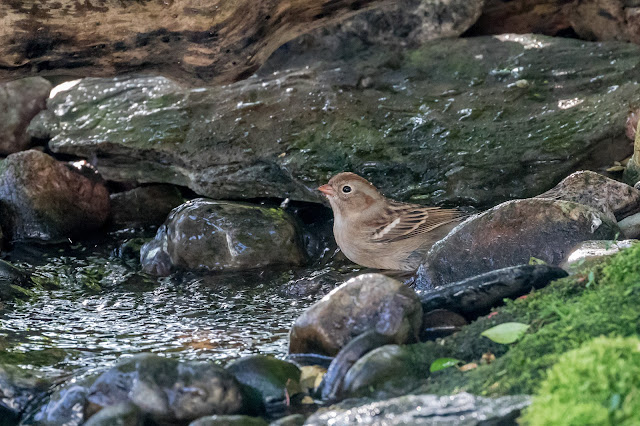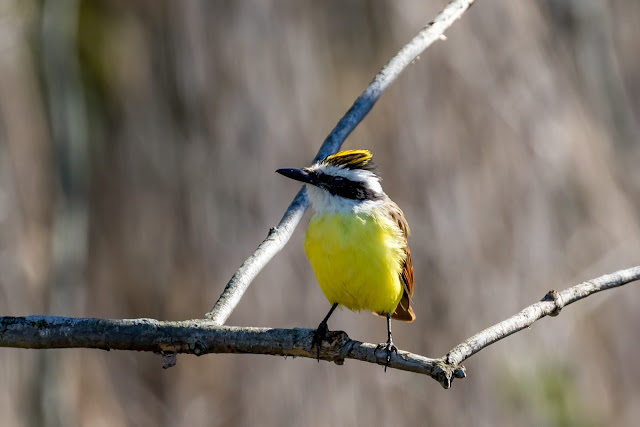Greater yellowlegs.

Greater yellowlegs - yes it does have legs under there. Rondeau Provincial Park, Ontario, Canada. Last boat ride of the year, decided to take it out before it snowed. Not a big selection however we did see several shorebirds, eagles and ducks. Sandhill cranes were a bonus. Tringa melanoleuca Colloquial names for this species include telltale, tattler, and yelper, all of which refer to its strident alarm calls.




















